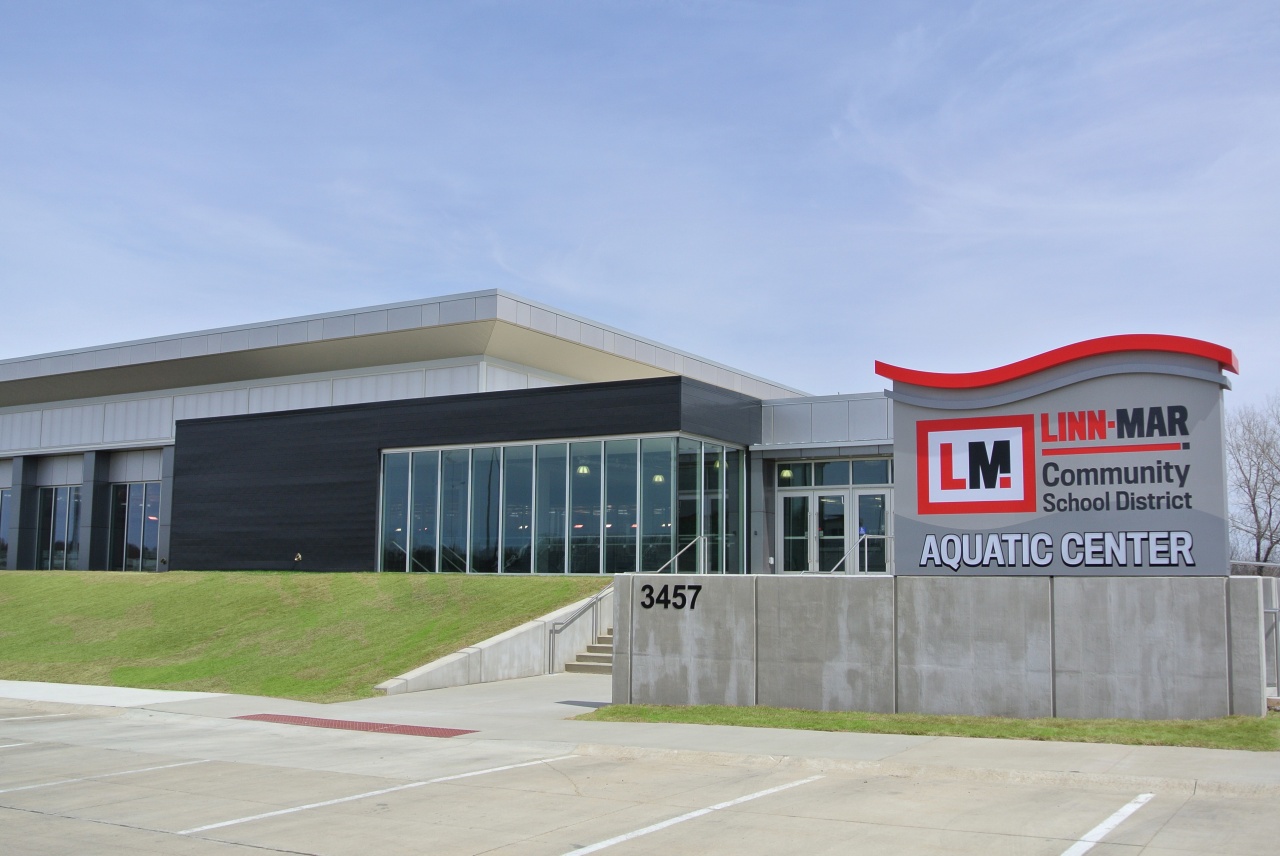
Program Gives Confidence to Special Needs Swimmers
Providing children of all abilities and special needs the lifelong skill of being comfortable and safe in the water, that’s the goal of one of the programs offered at Linn-Mar’s Aquatic Center.
With Swim Angelfish, Linn-Mar is able to offer swim lessons to students with attention difficulties, anxiety, Autism Spectrum Disorder (ASD), sensory challenges, physical disabilities, and coordination difficulties.
The program includes aquatic therapy and Swim Whispers swim lessons. “These lessons are specifically designed to teach water safety skills and improved swimming skills to students with special needs,” said Aquatic Center Manager Bobby Kelley. “Our instructors are trained to incorporate strategies so that students learn to relax in the water and improve their swimming abilities,” he went on to say. Instructors also work with the parents/caregivers when teaching these lessons.
This past summer, 23 kids ages three and older participated in the program. Certified Swim Angelfish Adaptive Swim Program instructors who are also SwimAmerica certified, teach the lessons.
“Students with special needs often learn in different ways than those where traditional methods are used when it comes to swimming lessons,” Kelley said. Traditional swim lessons are often not effective while teaching students with special needs. By being a part of the Swim Angelfish network, the Aquatic Center staff have additional resources available to them so they are better prepared to teach students of all backgrounds and abilities.
“The Swim Angelfish lessons provide our instructors the flexibility to work with each student individually,” Kelley said, “Each instructor has a toolbox of drills they can use to help teach the students water safety.”
The skills learned vary greatly depending on each student’s background and individual abilities. “For some, learning to relax in the water is the goal,” he said, “for others, they learn to place their face in the water and blow bubbles while some learn to float independently.” Other students work on developing endurance, swimming 25 yards of backstroke and freestyle, or jumping off the diving board and swimming to the side of the pool.
One parent stated her daughter needed personal attention and reassurance to overcome major anxieties she had toward the water. After just four lessons, she was comfortable putting her head underwater and was willing to try new skills. She added, swimming lessons made her daughter feel brave and she wants to swim all the time now. Although her daughter still worries about next steps, such as treading water, “we know she had a positive experience that she can rely on and will continue to grow as a safe swimmer.”
